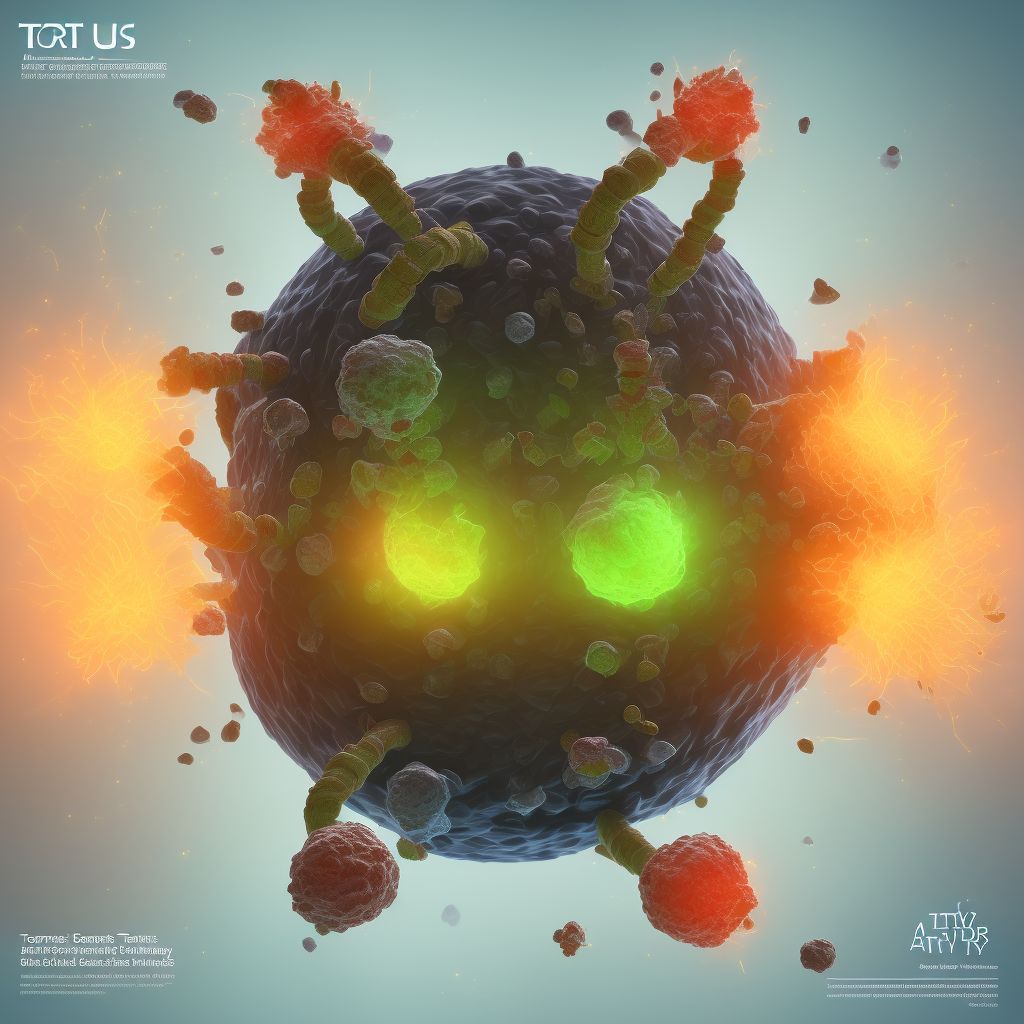
Torus fracture of lower end of unspecified tibia, subsequent encounter for fracture with routine healing Save
ICD-10 code: S82.319D
Disease category: S82.319: Torus fracture of lower end of unspecified tibia
Torus Fracture of Lower End of Unspecified Tibia: A Subsequent Encounter for Fracture with Routine Healing
A torus fracture, also known as a buckle fracture, is a common type of fracture that occurs in the long bones of the body, such as the tibia. In this article, we will discuss a torus fracture of the lower end of the unspecified tibia, focusing on the subsequent encounter for fracture with routine healing.
When a torus fracture occurs, the bone undergoes a compression force, causing it to buckle or bend. This type of fracture typically happens in children due to their softer bones. However, it can also occur in adults, especially in cases where the bone is weakened or compromised.
With a torus fracture of the lower end of the unspecified tibia, the fracture site is located towards the bottom portion of the shinbone. This type of fracture is often the result of a sudden impact or trauma to the leg, such as a fall or a direct blow.
During the subsequent encounter for fracture with routine healing, the main focus is on monitoring the progress of healing and ensuring proper recovery. Medical professionals may perform regular check-ups, order X-rays, and conduct physical examinations to assess the healing process.
- Rest and Immobilization: The initial treatment for a torus fracture involves immobilizing the affected leg with a cast or splint. This helps to stabilize the bone and promote healing.
- Pain Management: Pain medication may be prescribed to alleviate discomfort during the healing process. Over-the-counter pain relievers can also be used under the guidance of a healthcare professional.
- Weight-Bearing and Rehabilitation: As the fracture heals, weight-bearing activities can gradually be reintroduced. Physical therapy may be recommended to restore strength, flexibility, and function to the affected leg.
The routine healing process for a torus fracture typically takes around four to six weeks, depending on the severity of the fracture and the individual's healing capacity. It is important to follow the healthcare provider's instructions and attend follow-up appointments to ensure a successful recovery.
In conclusion, a torus fracture of the lower end of the unspecified tibia requires appropriate treatment and care. The subsequent encounter for fracture with routine healing involves monitoring the progress of healing, managing pain, and gradually reintroducing weight-bearing activities. With proper care and adherence to medical advice, individuals with this type of fracture can expect a successful recovery.
Treatment of Torus fracture of lower end of unspecified tibia, subsequent encounter for fracture with routine healing:
Treatment Options for Torus Fracture of Lower End of Unspecified Tibia
A torus fracture, also known as a buckle fracture, is a common type of injury that often occurs in children. It involves a compression force applied to the bone, causing it to buckle or bulge without breaking completely. The lower end of the tibia, the larger bone in the lower leg, is a common site for torus fra...
To see full information about treatment please Sign up or Log in